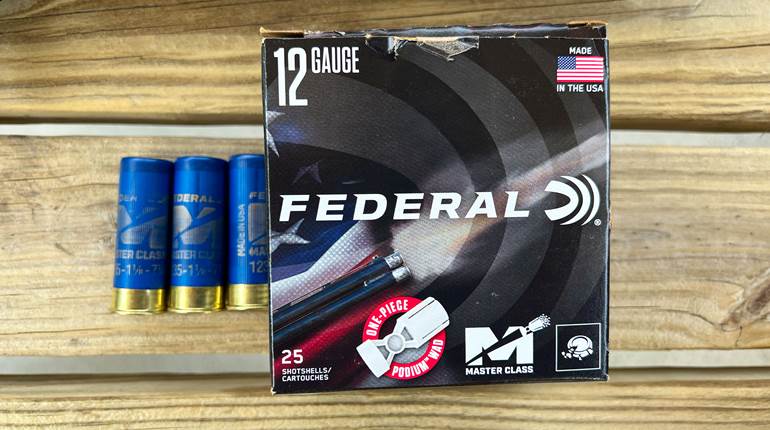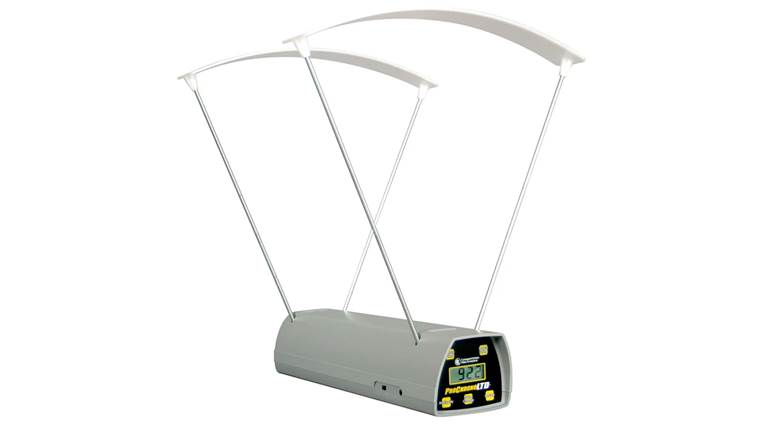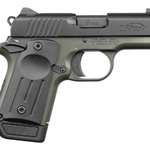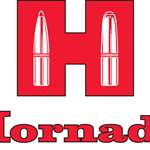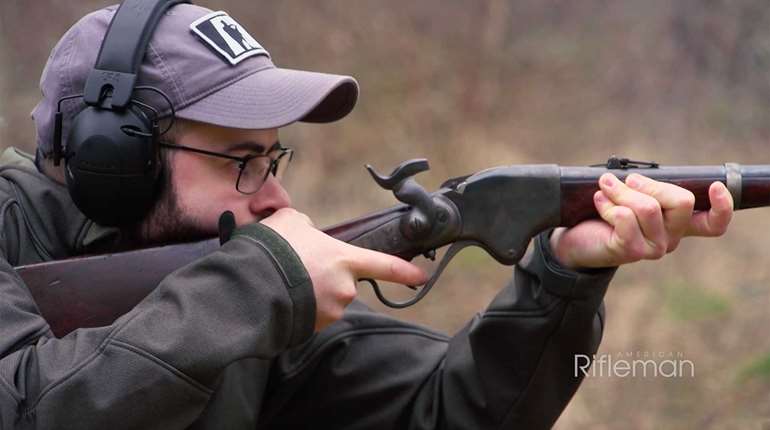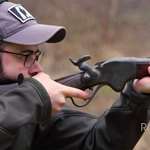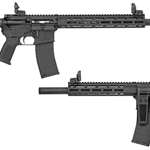
To this non-technical handgunner, a chronograph is an almost magical device. I've been using them for about 35 years and still wonder at what they produce. A chronograph is a device that tells you how fast a bullet is traveling—and much, much more. Some argue that, as long as a particular bullet gets to a given target, it doesn't matter what its precisely measured speed actually is. On the face of it, that might seem to be true, but knowing the speed of a series of shots can help explain the inexplicable misses. The shooter's chronograph has a pair of optical screens precisely spaced at a closely measured distance, usually two to four feet. Wires run from the screen back to a control box. The shooter lines up the handgun to fire across the two screens at a perpendicular to their orientation. When the bullet travels across the first (or start) screen, its shadow registers in the control box and tells the computer to start the clock. In similar fashion, passing the second (or stop) screen stops the clock. The little computer in the box thinks about it for a second, then announces a verdict, say 1350 feet per second. It displays this number and stores it for future use. Firing a second shot will produce another velocity and the procedure continues as more shots are fired. But with the second shot, that computer starts doing some real work.
Two shots is enough data for the computer to figure out the extreme spread of velocities—the difference between the highest and lowest. Ask the computer for that figure with a push of a button and up it pops. Depending on the make and model of chronograph, an accumulation of as few as five to as many as several hundred shots can also be worked to produce a figure called the standard deviation (SD) of velocities. It is the statistician's index of consistency and is basically the average variation from the average velocity. The value of the standard deviation lies in comparisons. It is possible to have two 10-shot strings that produce identical average speeds, but different standard deviations. A lower SD simply means the ammo being evaluated is better. Everything that can be reduced to a numerical score can also be evaluated in terms of standard deviation. It has no real use until you need to make a comparison. You can compare a number of different handloads, for example. Many active shooters insist that studying velocities has no real importance and the proof of performance is the size of the on-target group. I have seen this happen many times in carefully conducted shoots.
But—as the professional statisticians will tell you—there are many anomalies that crop up. The accuracy of a given load depends on a a great many shots considered. The more data used, the more reliable the results will be, but the greater possibility that a goofy velocity will get in there. Therefore, many chronographs offer an optional “forget” function when an odd one comes along. Sometimes, the machine is giving you a series of velocities that are suspiciously too good to be true. I fired a lot of Pro Load ammo in the 80s and 90s and it was really accurate stuff, also delivering very consistent standard deviations. Single digit SDs were not unheard of. But I was a bit puzzled when the first two shots of a 185-gr. Match JHP series were the same velocity—945 fps. The third was also 945 fps and—so help me—so was the fourth shot. That means four consecutive shots with exactly the same velocity. I needed one more shot for a proper average and was watching the screen rather intently when I triggered off old number five. The speed was 944, which is pretty close. This is almost a freakish situation and I only saw it happen once. Modern American factory ammunition is very good and the premium stuff is excellent to outstanding. For most shooting needs, the makers know that this level of accuracy is not fully appreciated and is expensive to produce.
I can recall a very cold day when I was shooting at a secluded range in Arizona. At the beginning of the session, the temperature was about 20 degrees F, but the gun immediately warmed up with the first shot fired. I couldn't measure the temperature of the gun, but the barrel was, as usual, very hot to touch. Velocities were lower than normal, but the very first shot from a really cold gun was almost 100 fps slower than the warmed barrel gun. The first shot landed about four inches higher than the following ones, because the bullet was in the barrel longer, thereby allowing the muzzle a little more time to recoil upward. With a chronograph, you can measure your velocity at different temperatures and the consistency of your handloads or factory loads under any conditions. You need to know what your ammo is doing and don't be surprised if it is different from one gun to the next. Get a chronograph.












